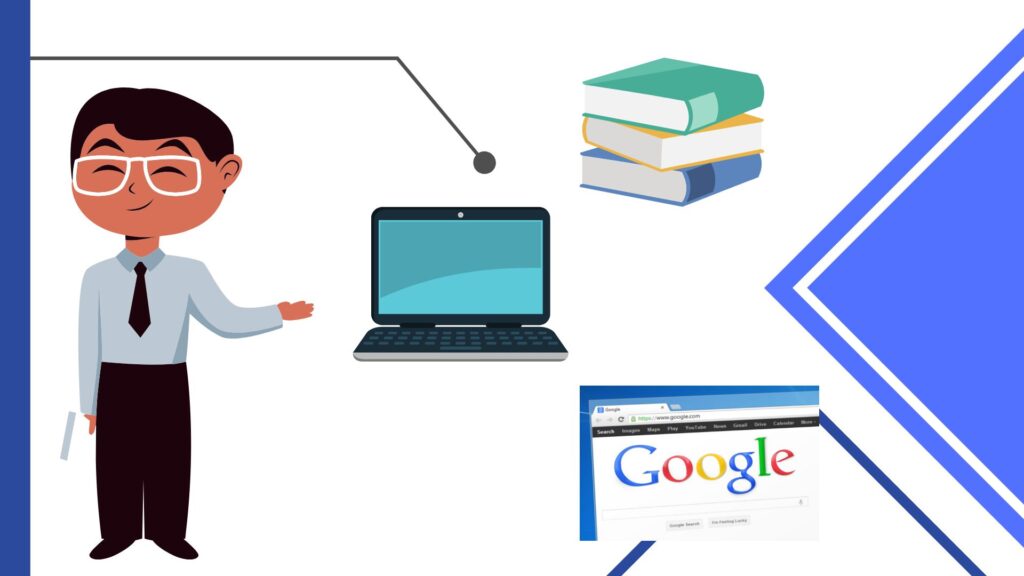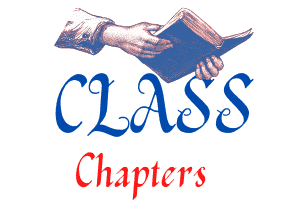A lesson plan is a detailed guide that outlines the objectives, activities, and assessment strategies for a specific lesson. It serves as a roadmap for teachers to ensure that they cover all necessary content, provide engaging learning experiences, and assess student learning effectively. Creating a lesson plan can be challenging, but it is an essential component of effective teaching.

What is a lesson plan?
A lesson plan is a detailed description of the teaching and learning activities that are planned for a specific learning experience.A lesson plan is a document or outline that helps teachers organize and structure their teaching activities. It is a detailed guide that outlines what the teacher will cover in a lesson, how they will present the information, and how they will assess student learning. It serves as a guide for teachers to ensure that their instruction is organized and effective.
By creating an effective lesson plan, teachers can ensure that their students are engaged and motivated to learn. Additionally, it provides clarity on what will be taught, how it will be taught, and how student performance will be evaluated. A well-crafted lesson plan also helps teachers to stay on track with their objectives while providing structure to the classroom environment.
A Lesson plans are essential tools for teachers as they provide a framework for instruction, which helps them stay organized, stay on track, and ensure that students receive a well-rounded education. Lesson plans can be used for a single lesson or for a series of lessons.
Purpose a lesson plan
The primary purpose of a lesson plan is to help teachers achieve specific learning goals. These goals can be short-term or long-term, and they may include teaching specific content or developing certain skills. A well-written lesson plan should be structured in a way that makes it easy for teachers to achieve their goals and for students to understand what they are expected to learn.
Key components that make up a lesson plan:

- Objectives: The objectives of the lesson are the goals that the teacher hopes to achieve. Objectives should be specific, measurable, and attainable. They should also be relevant to the students’ needs and interests.
- Materials and resources: Teachers need to plan and gather all the materials and resources that will be required for the lesson, such as textbooks, handouts, videos, and other teaching aids.
- Procedure: The procedure outlines the steps that the teacher will follow to deliver the lesson. It includes a sequence of activities that are designed to achieve the objectives of the lesson.
- Assessment: The assessment component of the lesson plan outlines how the teacher will evaluate student learning. It may include quizzes, tests, projects, or other forms of assessment.
- Differentiation: Teachers should consider differentiating their instruction to meet the needs of all students. This can include modifying the content, process, or product of the lesson.
- Closure: The closure is the final part of the lesson where the teacher summarizes the key points and provides closure to the learning experience. This is an opportunity for students to ask questions and clarify any doubts they may have.
How to Create an Impactful lesson plan Using 5 Essential Steps
Every teacher wants to create an effective lesson plan that will have a lasting impact on their students. Creating a successful lesson plan requires careful planning and preparation. In this article, we will look at five essential steps you can take to create an impactful lesson plan that will help your students learn and retain the material. We’ll discuss how to identify objectives, select activities, develop strategies for assessment, incorporate technology into the lesson plan, and evaluate the effectiveness of the lesson. By following these steps, you can ensure that your lesson plans are engaging and effective for your students.
- Determine the learning objectives: Clearly define the intended learning outcomes of the lesson. Identify what you want your students to know or be able to do by the end of the lesson.
- Choose appropriate teaching methods: Once you have identified the learning objectives, choose the teaching methods that align with your objectives and the learning styles of your students. Consider using a mix of teaching strategies, such as lectures, discussions, hands-on activities, and multimedia presentations.
- Develop assessment tools: Create assessment tools that measure student progress and mastery of the learning objectives. Design assessments that align with the teaching methods used in the lesson.
- Plan for differentiation: Plan to differentiate instruction for students with diverse learning needs, abilities, and interests. Consider modifying the content, process, and product of the lesson to meet the needs of all students.
- Reflect on the lesson: After the lesson, reflect on what worked well and what needs improvement. Analyze student performance data to determine whether the learning objectives were met. Use this feedback to modify future lessons and improve the effectiveness of your teaching.
Using Technology & Multimedia to Make a lesson plan Fun & Interactive
As the world becomes increasingly digital, teachers are looking for ways to make their lesson plans more engaging and interactive. By incorporating technology and multimedia into their teaching strategies, educators can create a dynamic learning environment that captures the attention of their students and encourages them to participate in the lesson.
One of the most effective ways to make a lesson plan fun and interactive is through the use of multimedia. Multimedia can include videos, animations, interactive websites, and even virtual reality experiences. By using multimedia, teachers can create a visual and auditory experience that engages students and helps them retain information more effectively.
In addition to multimedia, teachers can also use technology to make their lesson plans more interactive. For example, teachers can use online polling tools to ask students questions and receive real-time feedback. They can also use digital whiteboards to collaborate with students and work on problems together in real-time.
Another way to make lesson plans fun and interactive is through the use of educational games and simulations. There are many educational games available online that are designed to teach specific concepts or skills. Teachers can also create their own games or simulations to reinforce learning objectives and engage students in the learning process.
When using technology and multimedia to make a lesson plan fun and interactive, it is important to keep in mind that the technology should be used to enhance the learning experience, not replace it. Teachers should still prioritize the development of critical thinking, problem-solving, and other essential skills that are necessary for student success.
Overall, using technology and multimedia in lesson plans can be an effective way to create a dynamic and engaging learning environment. By incorporating these tools into their teaching strategies, teachers can help students develop a deeper understanding of the material and stay engaged throughout the learning process.
Incorporating Different Types of Assessment into a lesson plan
Incorporating different types of assessment into a lesson plan is an effective way to evaluate student learning and adjust teaching strategies as needed. Here are some steps to follow when incorporating different types of assessment into a lesson plan:
- Determine the learning objectives: Identify the specific knowledge, skills, and understanding you want your students to gain from the lesson.
- Choose the appropriate assessments: Based on the learning objectives, select the appropriate assessments that will help you measure student learning. Some common types of assessments include quizzes, tests, essays, presentations, projects, group work, and self-reflection exercises.
- Align the assessments with the objectives: Ensure that each assessment is aligned with the learning objectives and assesses the desired knowledge or skill.
- Schedule the assessments: Determine when each assessment will be administered, how much time will be given to complete it, and what resources (such as textbooks or calculators) students will be allowed to use.
- Provide clear instructions: Clearly communicate the assessment instructions to students, including what will be evaluated and how it will be evaluated.
- Prepare for feedback: Develop a plan for how you will provide feedback on student performance, such as grading rubrics or feedback forms.
- Review and adjust: After the assessments have been completed, review the results to determine if the learning objectives were met. Adjust your teaching strategies as needed to ensure student success.
By incorporating different types of assessment into your lesson plan, you can better evaluate student learning and adjust your teaching strategies as needed to help your students succeed.

Conclusion: Utilizing the Above Strategies to make a lesson plan
Lesson plans are not just important for teachers; they are also beneficial for students. A well-written lesson plan helps students understand what they are expected to learn and how they will be assessed. It also provides structure and consistency, which can help students feel more comfortable and confident in the classroom.
In conclusion, a lesson plan is a roadmap that guides teachers through the instructional process. It provides a framework for delivering quality instruction, ensures that learning objectives are met, and helps teachers evaluate student progress. Lesson plans are an essential tool for teachers and are critical to ensuring that students receive a quality education. By using lesson plans, teachers can create engaging, effective, and efficient instructional experiences that benefit all students.
Our other resources
HINDI-RIMJHIM LESSON PLAN LINKS
- CLASS 1 HINDI RIMJHIM LESSON PLAN
- CLASS 2 HINDI RIMJHIM LESSON PLAN
- CLASS 3 HINDI RIMJHIM LESSON PLAN
- CLASS 4 HINDI RIMJHIM LESSON PLAN
- CLASS 5 HINDI RIMJHIM LESSON PLAN
ENGLISH-MARIGOLD LESSON PLAN LINKS
- Class 1 ENGLISH MARIGOLD LESSON PLAN
- Class 2 ENGLISH MARIGOLD LESSON PLAN
- Class 3 ENGLISH MARIGOLD LESSON PLAN
- Class 4 ENGLISH MARIGOLD LESSON PLAN
- Class 5 ENGLISH MARIGOLD LESSON PLAN
EVS-LOOKING AROUND LESSON PLAN LINKS
- CLASS 1 EVS LOOKING AROUND LESSON PLAN
- CLASS 2 EVS LOOKING AROUND LESSON PLAN
- CLASS 3 EVS LOOKING AROUND LESSON PLAN
- CLASS 4 EVS LOOKING AROUND LESSON PLAN
- CLASS 5 EVS LOOKING AROUND LESSON PLAN
MATHS-MAGIC LESSON PLAN LINKS
- CLASS 1 MATHS-MAGIC LESSON PLAN
- CLASS 2 MATHS-MAGIC LESSON PLAN
- CLASS 3 MATHS-MAGIC LESSON PLAN
- CLASS 4 MATHS-MAGIC LESSON PLAN
- CLASS 5 MATHS-MAGIC LESSON PLAN
Class 3 Session Ending Exam
- Class 3 Hindi Session Ending Exam
- Class 3 English Session Ending Exam
- Class 3 Maths Session Ending Exam
- Class 3 EVS Session Ending Exam
Class 4 Session Ending Exam
- Class 4 Hindi Session Ending Exam
- Class 4 English Session Ending Exam
- Class 4 Maths Session Ending Exam
- Class 4 EVS Session Ending Exam
